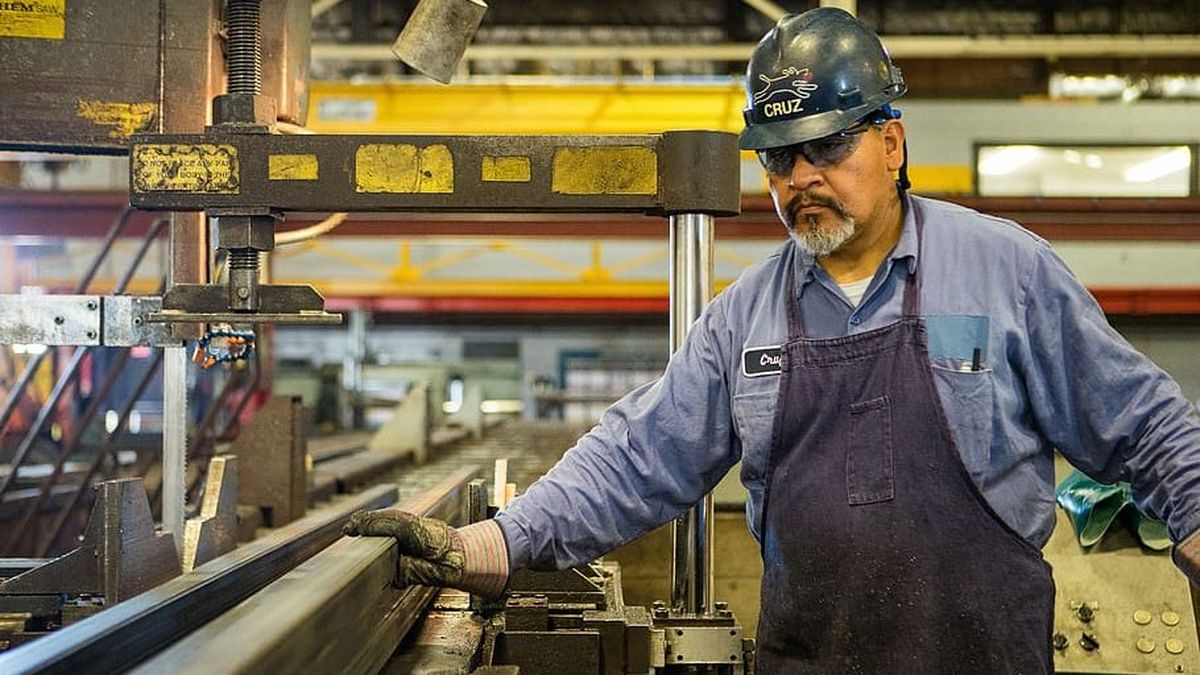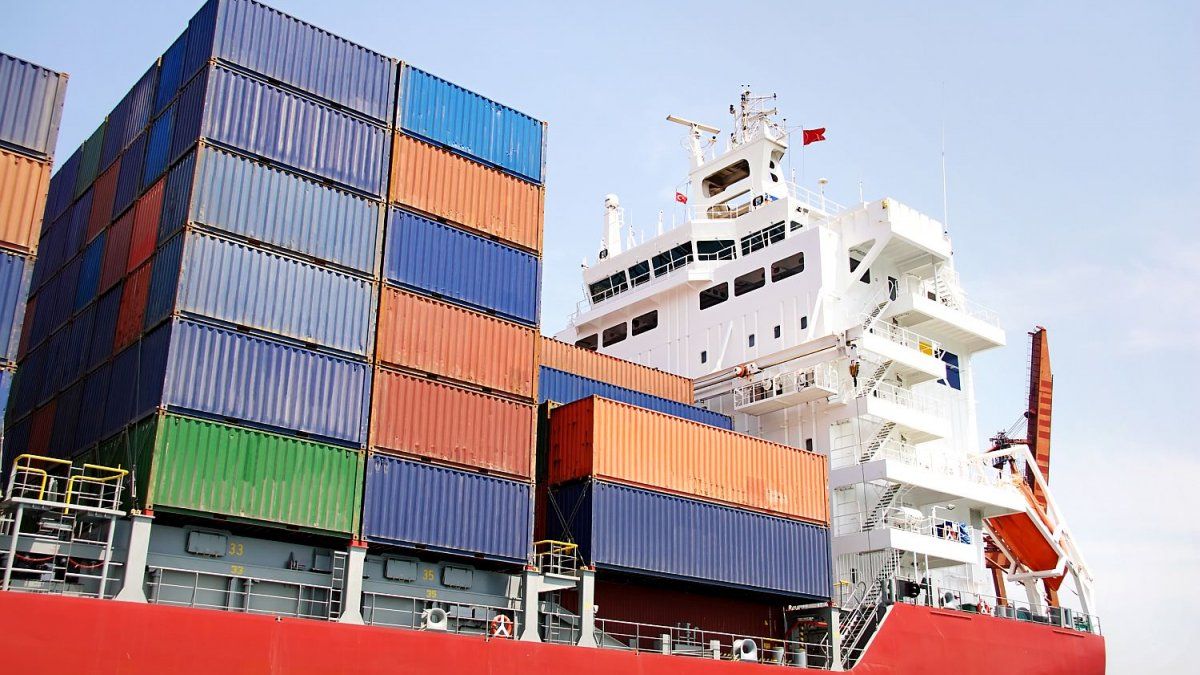In April 2021, in the midst of the second wave of the pandemic, industries received an average of 38.6 Mm3/d and in the same week last year the injection reached 39 Mm3/d, 17.4% more than now. In this context, industrialists wonder what is happening with the supply of gas for Argentine factories, taking into account that current production is at record levels and that temperatures are not as cold as expected.
One of the explanations is that the saturation of the Vaca Muerta gas transport capacity does not allow it to reach the industrial zones of the AMBA and the central region and the gas has to be diverted to Chile through the Pacific Gas Pipeline and through Gas Andes, which cross the Cordillera.
In fact, in the 2021/22 summer season, which spanned the seven months from October to this April, 11 Mm3/d were shipped to the neighboring country on a firm basis, which generated revenues of US$206 million. First there were 6 million and then the Government authorized another 4.23 million, from January to April, protected by the auspiciousness of the Gas.Ar Plan.
Almost finished the export season, today gas sales to Chile by TGS and TGN total 8.6 Mm3/d, while some national industries express concern about the lack of fluid. Five companies currently export, at relatively low prices compared to international values: CGC at US$4.3 per MBTu; Total Energies $4; PAE at US$5.4 and PAE Sur at US$4.3; YPF at $4.45; and Pampa Energy at US$5.5. The next round of GasAr could take them to $8.
During the launch ceremony of the President Néstor Kirchner Gas Pipeline, the Secretary of Energy, Darío Martínez, said that in March gas production increased by 10% year-on-year, and that the largest production of unconventional gas and oil in history was achieved Argentina. Official sources assure that the current gas production plan is designed so that the producers have to dispose of 30% of the total for the industry. But some suspicions point to the fact that more gas is being required than is consumed by priority demand in order to resell more expensively to local companies.
The country registered a deficit in its energy balance of more than US$1.6 billion in 2021 and it could deepen to some US$6.2 billion in 2022, according to estimates by the consulting firm Ecolatina. At the moment, 8 ships of the almost 60 that are expected have arrived. If the international context does not change, the national government could argue a crisis and declare an emergency, although the question that hangs over is how it adjusts to the current regulatory framework.
Today the industries have firm contracts with window delivery distributors, an initiative that came into effect after the Buenos Aires snowfall of July 2007. This means that to satisfy the uninterrupted demand of the residential user, either because they do not have product or transport enough, the distributors have the right to cut off the gas to the industries without any penalty during the 60 days that the winter period lasts.
Roberto Carnicer, director of the Energy area of the Austral University, assured that this situation could be repeated in the coming weeks. “Argentina always needs to import about 50 Mm3/d in winter, between what comes from Bolivia and the regasification ships. This import is to meet the demand for residential and thermal power plants. Gas contracts are signed with the producer and if there is room in the transportation system, the industry has to receive the gas. But given the lack of imported gas, and if the Government needs it for thermal and residential power plants, given that it has not closed the supply for the winter with Argentine producers and decides not to buy gas at high prices, there could be no gas or it must redirect the gas from the industry to the residential ones”, he pointed out in dialogue with this medium.
The industrialists of the province of Buenos Aires also have their fears. “There is great concern about the lack of supply, especially in the sectors of intensive consumption. It is a serious problem because it leads to the interruption of continuous processes that are often very complex and require constant operation, otherwise production capacity is greatly affected,” they warned.
The Buenos Aires SMEs argued that the energy issue is affected because many inputs increased their prices at the international level. “We have multiplied by four the value of the gas and it is logical that there are direct problems related to the shortage. The way out is to coordinate contingency and rationalization plans to withstand the toughest moments. These are times in which we will all have to make some effort and ensure that the shortage has as little repercussion as possible on the sustained recovery that the industry has been having”, they affirmed.
It is no coincidence that the latest survey among companies adhering to the UIA warned of a “slackening of expectations” for growth, both due to internal and external factors, whether due to the rise in international transport costs or fundamental inputs such as natural gas, as a result of the war between Russia and Ukraine.
Despite the pessimism and the first reports of gas cuts to industries, as happened in Córdoba, the businessmen obtained a face-to-face promise from Martínez about the supply days ago. “The system is going to be much more robust this winter than last year because the production of Argentine gas that is injected into the gas pipelines will exceed that of 2021, to which is added the guarantee of the same volume of gas agreed with Bolivia,” They were specified from the Ministry of Energy.
Source: Ambito
David William is a talented author who has made a name for himself in the world of writing. He is a professional author who writes on a wide range of topics, from general interest to opinion news. David is currently working as a writer at 24 hours worlds where he brings his unique perspective and in-depth research to his articles, making them both informative and engaging.




